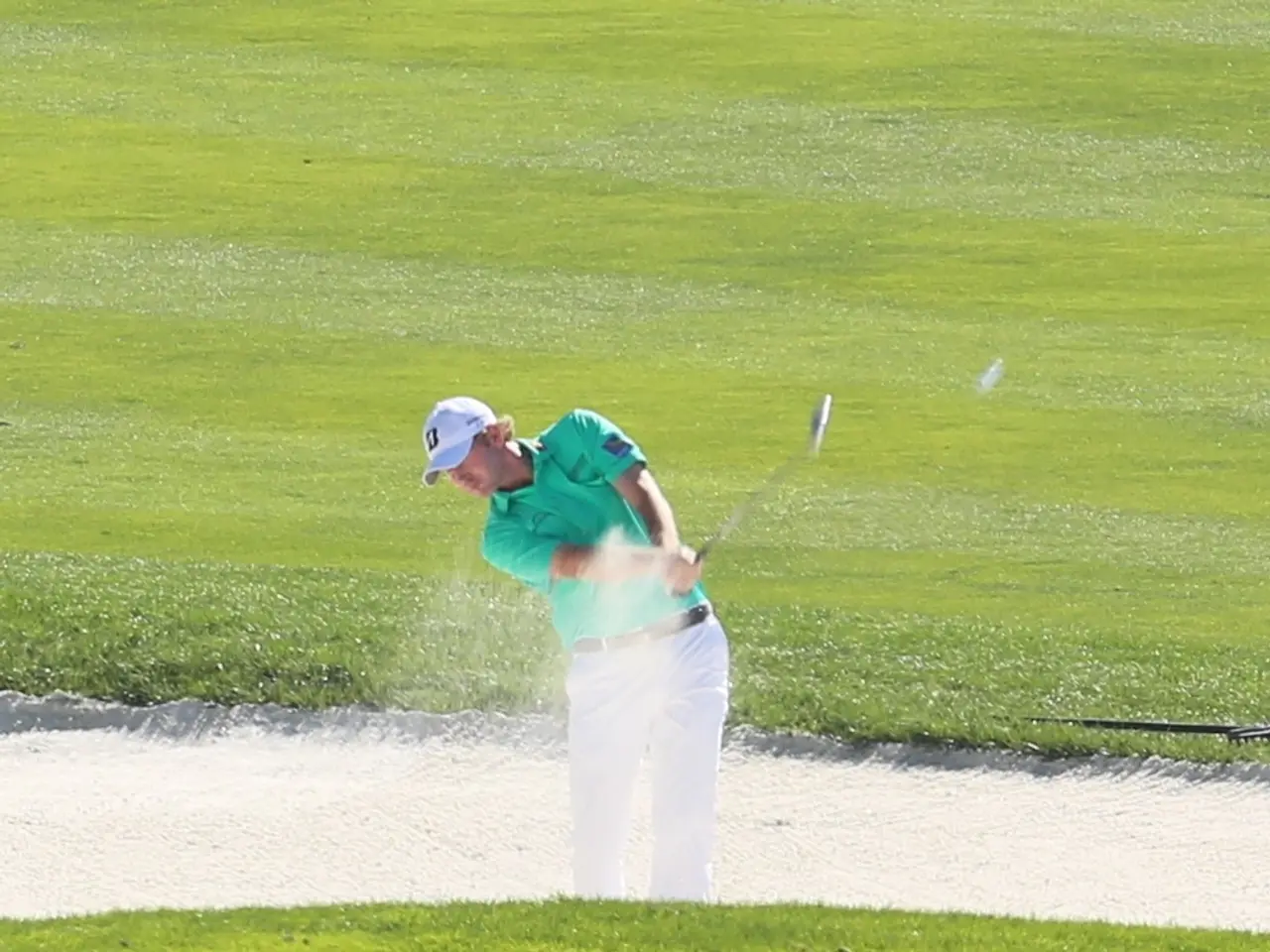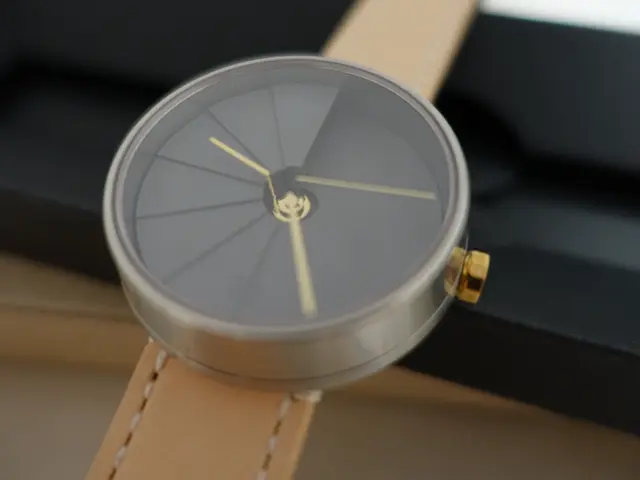Every Professional Golfer Owns These 15 Clubs You Should Consider as Well
In the world of golf, the short game can often make or break a round. The right wedges can significantly improve a golfer's performance, especially on courses with varying conditions.
Golfers playing on courses with Bermuda grass, such as those found in the US, often encounter softer bases that require higher bounce wedges. These wedges help prevent the leading edge from digging and glide through soft turf, aiding in escaping deep, fluffy bunkers.
However, the choice of wedges isn't one-size-fits-all. Custom wedge fittings are recommended for determining the appropriate bounce and grind for a player's swing. For instance, a lower bounce (4°-8°) wedge is suitable for players with a shallow angle of attack and specific chipping and pitching styles. On the other hand, a higher bounce (10°-14°) wedge is often found on more forgiving wedges and helps prevent digging of the clubhead.
Professional golfers like Justin Thomas, Ludvig Aberg, and Marco Penge, among others, use a special grind variant of the Titleist Vokey SM10 wedges. Titleist Vokey SM10 wedges offer six standard grinds and a few specialty grinds, such as the K* grind, which is popular among professional golfers. The grind refers to the shaping of the sole, which can affect how the club interacts with the ground and allows for various shots. Some soles are narrow with heel and toe relief for maximum versatility, while others are wider for gliding through turf or sand.
Links courses, with their tight, firm ground, present a different challenge. A lower bounce wedge can slide under the ball more easily, creating a consistent contact point. For example, Kristoffer Reitan, a golfer, traveled with four different Ping lob wedges to the French Open to cater to the specific conditions of the links course.
Upgrading wedges to cater to varying course conditions could help golfers avoid frustration from duffing or thinning shots due to the wedge being unsuitable for the shot being played. A cost-effective solution for additional wedges could be to purchase second-hand options from places like 2nd Swing in the US or golfclubs4cash in the UK.
Investing in an additional wedge option could lead to improved performance. Having the correct bounce and grind on wedges could improve a golfer's short game performance, potentially solving inconsistencies at different times of the year. Golfers playing on courses that change throughout the season may benefit from an additional wedge option to suit different conditions. The bounce on a wedge is the angle between the leading edge and the lowest point on the sole of the club or the trailing edge.
In conclusion, the right wedges can greatly enhance a golfer's short game performance. Custom fittings, understanding the impact of bounce and grind, and being aware of the challenges presented by different course types are key to making an informed decision.
Read also:
- Show a modicum of decency, truly
- Emergency services of the future revealed by Renault with the introduction of the Vision 4Rescue vehicle.
- Distinct qualities of automobile lease novations versus traditional loans
- AI-Powered X-Nave Platform and Fresh Gaming Content to be Demonstrated by EGT Digital at SBC Summit Lisbon Event





